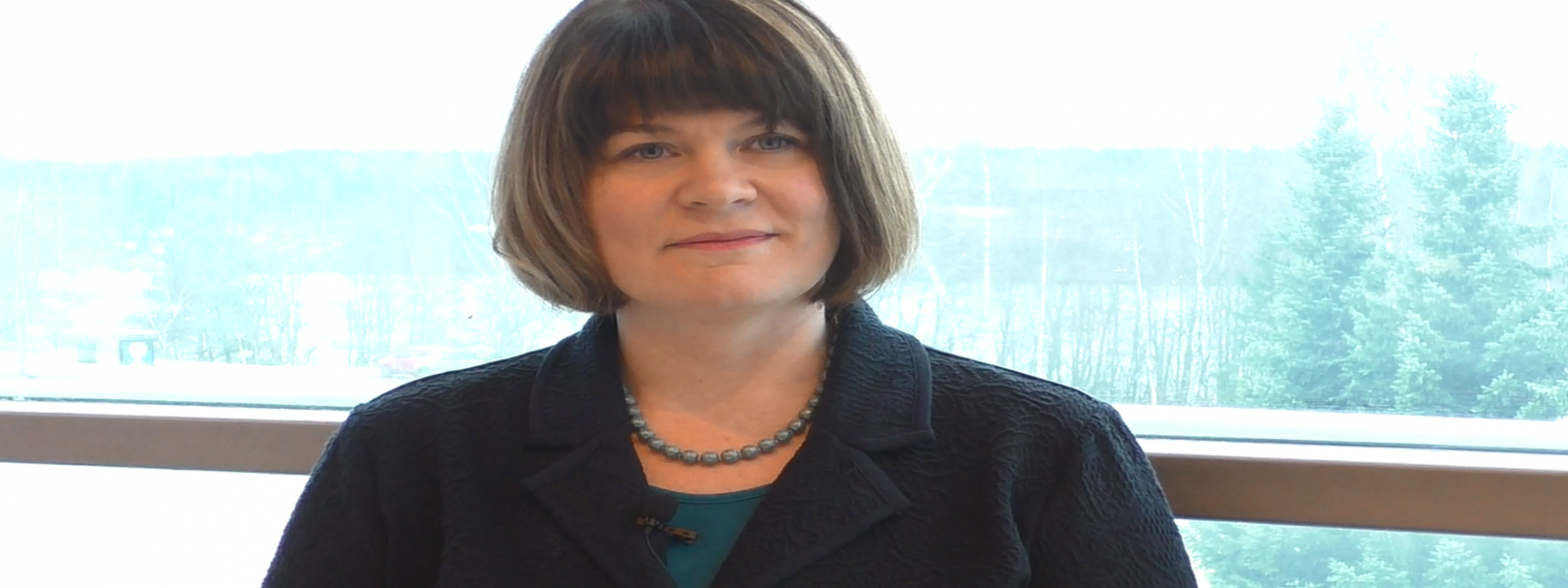
This week, we’re dealing with the following two questions:
1. Is anisotropy a defect and can it be prevented?
2. When should I use the emergency stop and what should I do after using it?
For this week’s questions, see our full video response below. Special thanks to our experienced engineer Colin West from Glaston UK Ltd. and Product Manager Anna Holmqvist from Glaston Finland for sharing their knowledge.
As always, remember to learn, share and succeed!
Anisotropy os not a defect in the glass. It is caused by the stresses in the glass and it is also considered as a normal effect and it’s always been that way. However, nowadays some new chillers are designed to reduce anisotropy to a minimum. And it’s possible in some machines to change the height of the chiller and transfer speed to reduce the phenomenon.
You can study more about the phenomenon in the related articles Taking control of anisotropy and Is anisotropy a defect in heat-treated glass?
Also, have you checked this presentations on the subject: Anisotropy as a defect and Taking control of the tempered glass anisotropy.
The emergency stop is used when there is a safety risk and a person in danger. Always use the safety switch in such a case. Make sure that you do not start the machine before you’ve made sure that no-one is in danger any more.
In all other cases you should use the manual drive if the machine has to be stopped due to a process problem or a machine malfunction.
注册 Glastory 快讯
我们回答您关于玻璃加工的问题。将您遇到的困难告诉我们,我们一定尽全力帮助您。
Comments are closed.